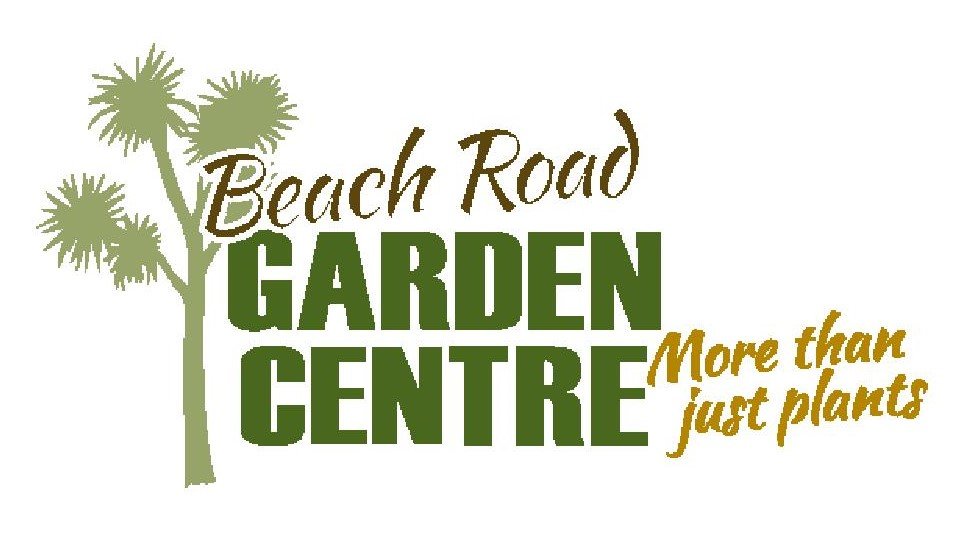Potato Growing Guide
If after purchasing your seed potatoes they have not yet developed sprouts, simply lay them out in a dry light area (but avoid direct sunlight). Once shoots are 1cm in size they are ready to plant.
Form a row/trench approx 15cm in depth, and apply potato fert/food into the trench and mix into the soil, this protects the potato sprouts from fertiliser burning. It is also highly recommended digging-in good well-rotted compost before planting each season - remembering you won’t get anything out, unless you put it in…
Next, place the seed potatoes 50cm apart, with the side that has the most sprouts on it facing up, then cover with soil, making a level surface. Place your rows at least 1mtr apart as you will need room to mound up the tops, this means you will get approximately 4 plants per square metre max.
As the potato plant grows, commence mounding the soil around the plant completely covering it. You will find you will need to do this approx every 10 days and a least 3 times during the growing season. This protects the potatoes from greening, keeps them warm along with promoting a large soft cropping area to develop in.
Early
Early potato varieties have been bred for waxy flesh and quick growth and are best for boiling. With soft skins, they don't keep well, so just harvest enough for dinner. They take between 60-80 days from planting to harvest, . They are ready for harvest once they flower, but remember some early varieties do not produce a flower so keep a date of when you planted them.
Liseta
Cliff Kidney
Jersey Bennes
Rocket
Swift
2nd Early
2nd early potatoes mature after 70-90 days and can be used as an early potato, harvested once flowering commences, or can be left in the ground for later use.
Haylo
Ilam Hardy
Nadine
Heather
Main
Main crop potatoes take 90-100 days to fully mature. They are usually a floury texture suited to all purpose cooking. These are the best potatoes for keeping as they develop a hard protective skin. They are best harvested once the tops have started to die back, and are ok left in the ground until needed unlike early potatoes.
Agria
Desiree
Red Rascal
Rua
Container Growing
Potatoes are best grown in the garden but they can also be grown in containers, large plastic bags, buckets or tyres if space is a problem. Use a good garden or vegetable mix for this, using straight compost is likely to be too rich and burn. Normal garden or topsoil will just turn into a heavy solid brick giving very poor results.. You are very limited to the amount of potatoes you can plant in a container, remembering that in the ground you can only get 4 per Square metre so in a large container 2 would be the most. It is important to keep checking the moisture level if growing in containers and regular watering may be required.
Tips for beginners
If its your first time growing potatoes we recommend growing an earlier variety that crops heavy such as Liseta, Cliff Kidney, or Haylo. While you may hear the name Jersey Bennes mentioned a lot as a very tasty potato its disadvantage is it is a very light cropper so you may be disappointed with the results from your first attempt. October is a good time to begin planting for newbies.
We sell seed potatoes in the following bag sizes.
.5kg $3.90approx 4-6 per bag
1KG $6.50 approx 7-12 per bag
2KG $11 approx 15-25 per bag
25KG bags at $75 are available upon request.


